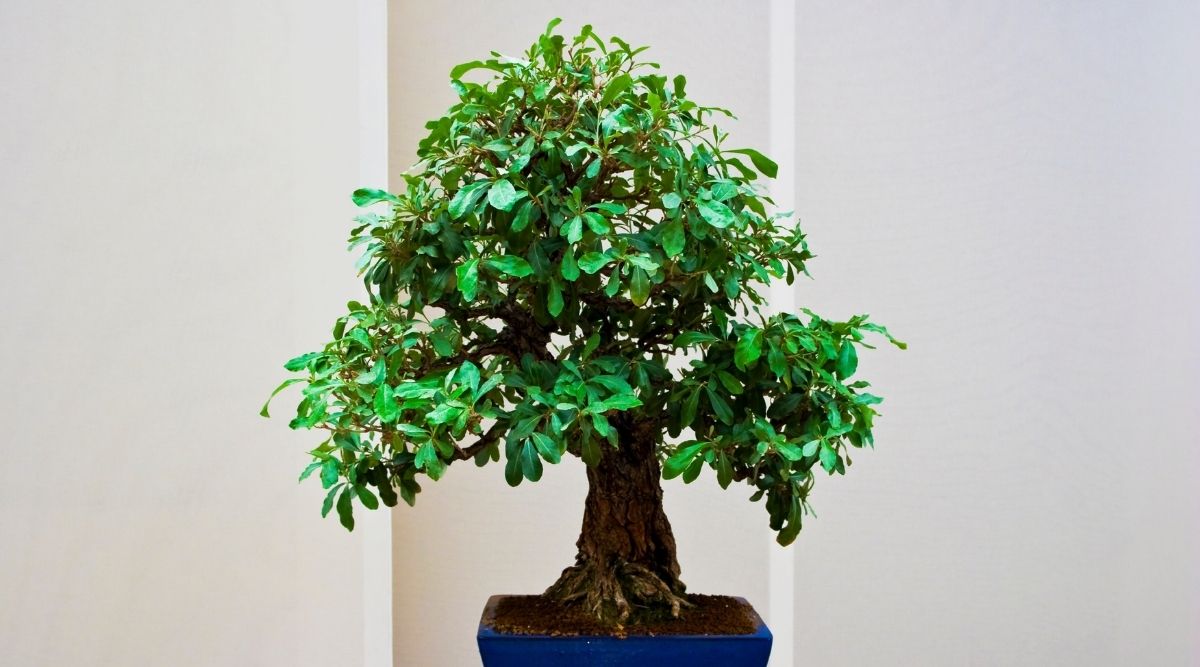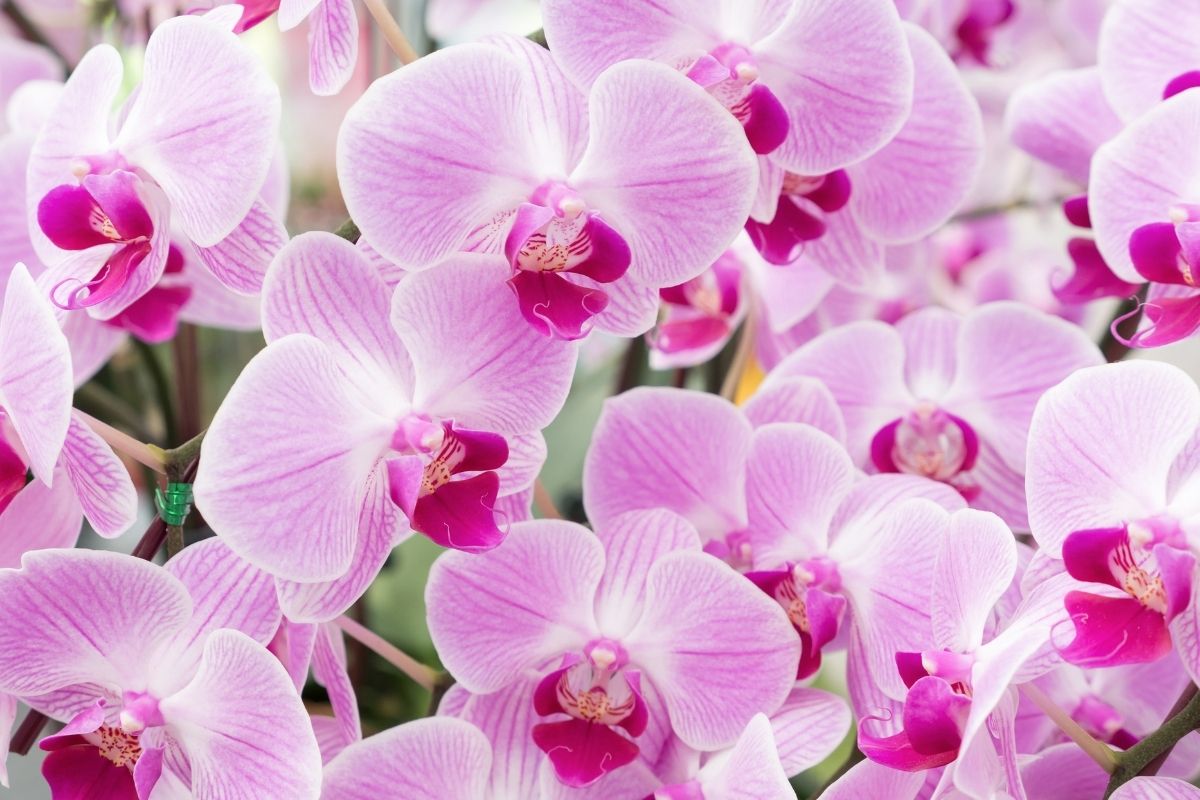Ponytail palms are lovely little waterfalls of green that go well in almost every room of the house, but these leaves are in perfect reach of a lot of pets such as cats and every cat owner knows that if they want to bite something, they’ll do it no matter how many times you tell them no.
If you are having second thoughts about bringing home a beautiful ponytail palm from the garden center because you are worried about it being toxic to cats, then keep reading.
We will cover all that you will need to know about ponytail palms and cats including what a ponytail palm is if they are toxic, what other plants are toxic to cats, and what to do if your cat ingests a toxic plant.

What Is A Ponytail Palm?
The ponytail palm is also known as a Nolina or Beaucarnea Recurvata and is a rather interesting-looking plant which makes it easy to identify.
Some say that it’s necessarily an attractive plant but its uniqueness of it makes up for it. It has thick stems that are used to store water and long, narrow, curly leaves that flow upwards, almost mimicking the flow of a fountain.
If you get a young ponytail palm, they will probably look a bit lackluster but give it a few years and it will start to become the topic of conversation every time someone enters the room.
You can grow the ponytail palm outside in a very warm climate but be prepared for it to grow up to 30 feet!
Are Ponytail Palms Toxic To Cats?
The springiness of the leaves on a ponytail palm is almost irresistible to play with for most cats and this more than likely leaves big bite marks all over the leaves.
As well as this, the big thick trunk can be an exciting new scratching post so it’s no wonder that cats love playing with these plants.
Most plants that are toxic will have either toxic sap or other toxins in the leaves that cause a reaction whereas other plants are only toxic when they have been fully digested but either way, it puts the pet at risk.
The American Society for the prevention of Cruelty to Animals (ASPCA) states that every part of ponytail palms is non-toxic to cats which means that you can put your ponytail palms on any surface without having to worry that your cat will be able to get to them.
How To Keep Your Cat Away from Your Plants

Even though it may not be toxic to your cat, you probably still want your plant to be in one piece by the end of the week and you may think that it’s impossible since cats are very curious animals but there are ways that you can deter them.
The first thing that you can try is to put them in an area that the pet can’t get to such as a guest room or high shelf. If that’s not possible then you can also try using citrus or cayenne pepper to create an aroma that the cat finds too strong and unpleasant.
If that doesn’t work you can also put crumpled-up alumina foil around the base of the plant or around some of the leaves as cats don’t like the shininess, sound, and texture of it which seems quite alien to them.
Over the course of a few days, the cat should learn to look the other way you will be able to take the aluminum foil off again.
You can also try steering their attention away from the ponytail palm by getting some irresistible catnip or lemon balm toys which should keep their attention for a long time and make them forget the plant was ever there.
How Toxic Plants Can Harm Cats
Unfortunately, there are some plants out there that are toxic to cats such as aloe vera, crassula, and English ivy which some owners may not be aware of which can lead to horrendous consequences.
You’ll know if your cat has bitten or ingested a toxic plant by looking out for the physical symptoms shown around their mouth. This can look like swelling, redness, and itchiness as this is where the plant came into contact with the cat first.
If it’s serious, your cat can also show signs that they are having difficulty swallowing and breathing, are vomiting, or are drinking and urinating excessively.
However, it depends on what kind of plant the cat has been affected by that will determine what symptoms they will show.
For example, if your cat has been poisoned by aloe vera, their urine will become red, they will vomit, have diarrhea, and seem depressed and lethargic. They will also likely turn down food and in some cases will have tremors.
For crassulas, unfortunately, every part of it is toxic to cats, and the symptoms of which include diarrhea, labored breathing, vomiting, seizures, and intense tremors. If your cat has a severe reaction, it may become unresponsive and end up in a comatose state.
When the affected cat is taken to the vet, they will likely induce vomiting to get rid of the plant inside of them so it is important that you get them to the vet as soon as you can.
In short, if you suspect that your cat has been nibbling on a plant that you have recently brought into your home and is now acting differently then it’s definitely worth identifying what plant they ate and researching it to see if it is toxic.
If it is, then it’s time for a trip to the vet as soon as possible before your cat loses its chance to recover.
Summary
Ponytail palms are very enticing to cats and who can blame them?
They have an explosion of leaves and a scratchy trunk which is just calling for the cat to play with but luckily if they give in to the urge, the ponytail palm isn’t toxic, and your cat will be the only one inflicting damage.
- Best Hanging Plant For Low Light - September 4, 2023
- Best Indoor Plants Florida - August 28, 2023
- Best Plants For Bathroom Smells - August 21, 2023








